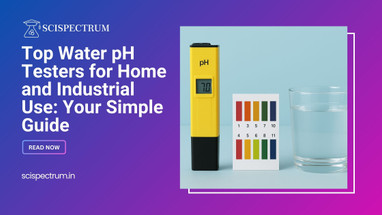Posted by Scispectrum on 22nd Sep 2025
Top Water pH Testers for Home and Industrial Use: Your Simple Guide
Table of Contents
- Introduction
- What is pH & Why Test It?
- Types of pH Testers
- 4 Key Features to Consider
- Top 5 pH Testers for Home & Hobby Use
- Top 3 pH Testers for Industrial Use
- How to Use a Digital pH Tester (Simple Steps!)
- Frequently Asked Questions
- Conclusion
Ever wonder why your pool feels just right or your hydroponic plants thrive? The secret often lies in pH a scale from 0 to 14 that measures how acidic or alkaline a liquid is, with 7 being neutral. pH matters because it impacts everything from plant and pet health to water safety and industrial efficiency. To keep things balanced, you need a reliable pH tester. In this guide, we’ll explore the different types of pH testers, highlight top models for home and professional use, and answer your key questions. Let’s dive in.
What is pH & Why Test It?
pH measures how acidic or alkaline water is on a scale of 0 (highly acidic) to 14 (highly alkaline). Ideal pH varies:
- Drinking water: 6.5–8.5
- Aquariums: 6.5–7.5 (fish health)
- Pools: 7.2–7.8 (prevents skin irritation)
- Industrial processes: Precise pH ensures safety and efficiency.
Testing pH protects health, equipment, and the environment!
Types of pH Testers
-
Test Strips
Cheap, quick, but less accurate.- These strips are infused with chemical dyes that react to the acidity or alkalinity of a liquid.
- The strip changes color, which you then compare to a provided chart to get a general pH reading.
- They are quick, very easy to use, and inexpensive, but their accuracy is limited because the color matching can be subjective and they offer a less precise measurement.
-
Liquid Kits
Dye changes color based on pH (e.g., pool kits).- These kits use a liquid reagent (a chemical dye) that is added to a small sample of the liquid being tested.
- The solution changes color, and you compare this color to a reference chart to determine the pH.
- They are generally more accurate than test strips and can be more reliable for detecting subtle changes in pH.
-
Digital pH Meters
Most accurate! Three subtypes:- These electronic devices use an electrode to measure the electrical potential difference in a solution, which is then converted into a precise numerical pH value displayed on a screen.
- Pens: Portable, affordable.
- A compact, all-in-one device that is portable and affordable.
- They are great for quick, on-the-go measurements in applications like pools, aquariums, and hydroponics.
- Handheld Meters: Durable, feature-rich.
- These are larger, more durable than pens, often with a separate, replaceable electrode.
- They are designed for field use and can handle tougher conditions.
- Many models have additional features like temperature compensation and data logging.
- Benchtop Meters: Lab-grade precision for industries.
- These are the largest and most accurate type of digital pH meter, designed for use in a laboratory or industrial setting.
- They offer the highest precision and often come with advanced features such as multiple calibration points, data storage, and the ability to measure other parameters like conductivity or temperature.
- They require a stable surface and are not portable.
4 Key Features to Consider
-
Accuracy:
This indicates how close the reading is to the true pH. For labs, an accuracy of ±0.01 pH is ideal, while ±0.1 pH is sufficient for home use. -
Calibration:
Calibration ensures the meter provides accurate readings by adjusting it with known buffer solutions. Auto-calibration features can save time and reduce errors. -
Durability:
Features like waterproofing and shock resistance are essential for protecting the device from damage, especially for outdoor or industrial use. -
Ease of Use:
Clear, simple displays and intuitive buttons make the device more practical and user-friendly.
Top 5 pH Testers for Home & Hobby Use
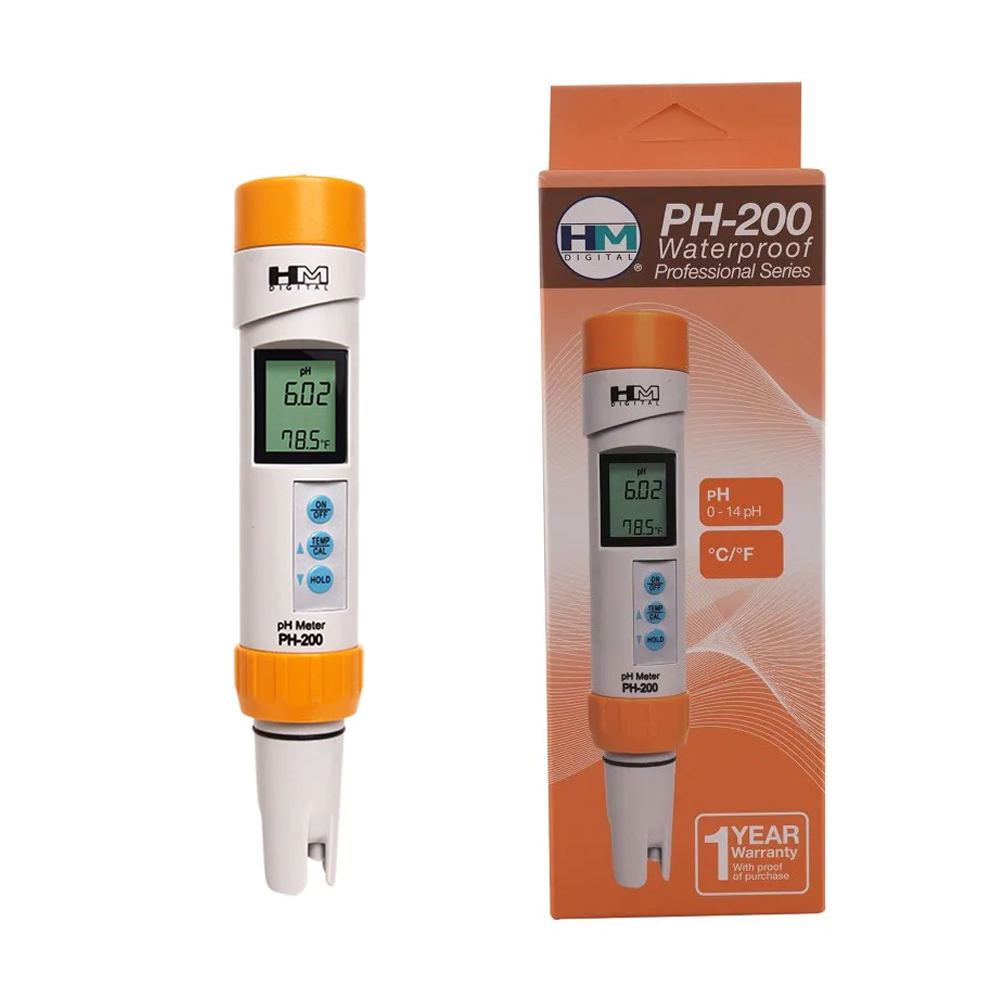
- Price: ₹7,500
- Best for: Pools, hydroponics, aquariums.
- Features:
- Waterproof & compact pen design
- Auto-temperature compensation
- ±0.1 pH accuracy
- Why beginners love it: No setup needed just dip and read!
2.ACETEQ RTEK-98108 / 98107 pH Meter: Slim Pen-Type Digital pH Tester
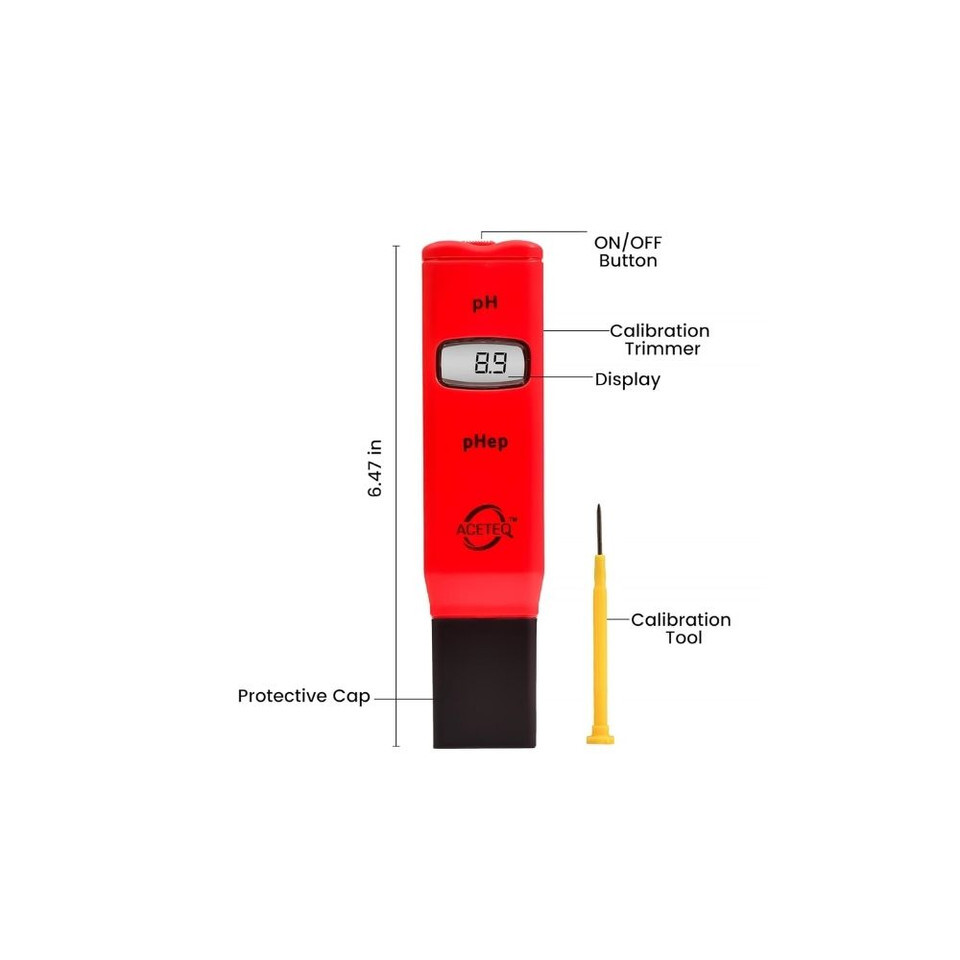
- Price: ₹1,500
- Best For: Budget-conscious users
- Features:
- 0.0–14.0 pH range
- 0.1 pH resolution
- Bold LCD screen
Why Choose It? Affordable entry-level model
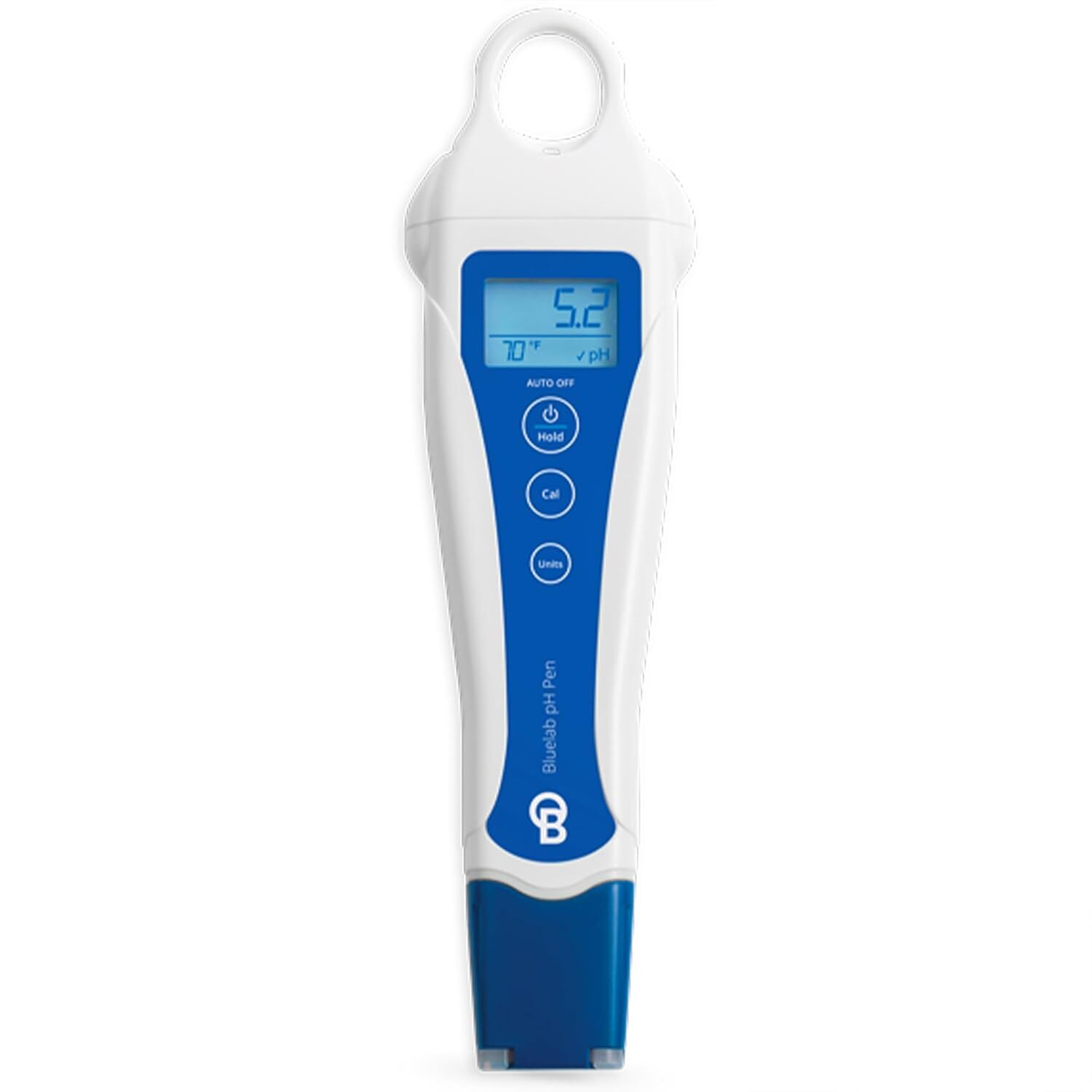
- Price: ₹12,900
- Best for: Hydroponics, aquaponics, education.
- Features:
- One-button operation
- Auto-off (saves battery)
- Waterproof & dustproof
- Bonus: Comes with calibration solutions!
4. SKY-PH-431 Digital pH Meter
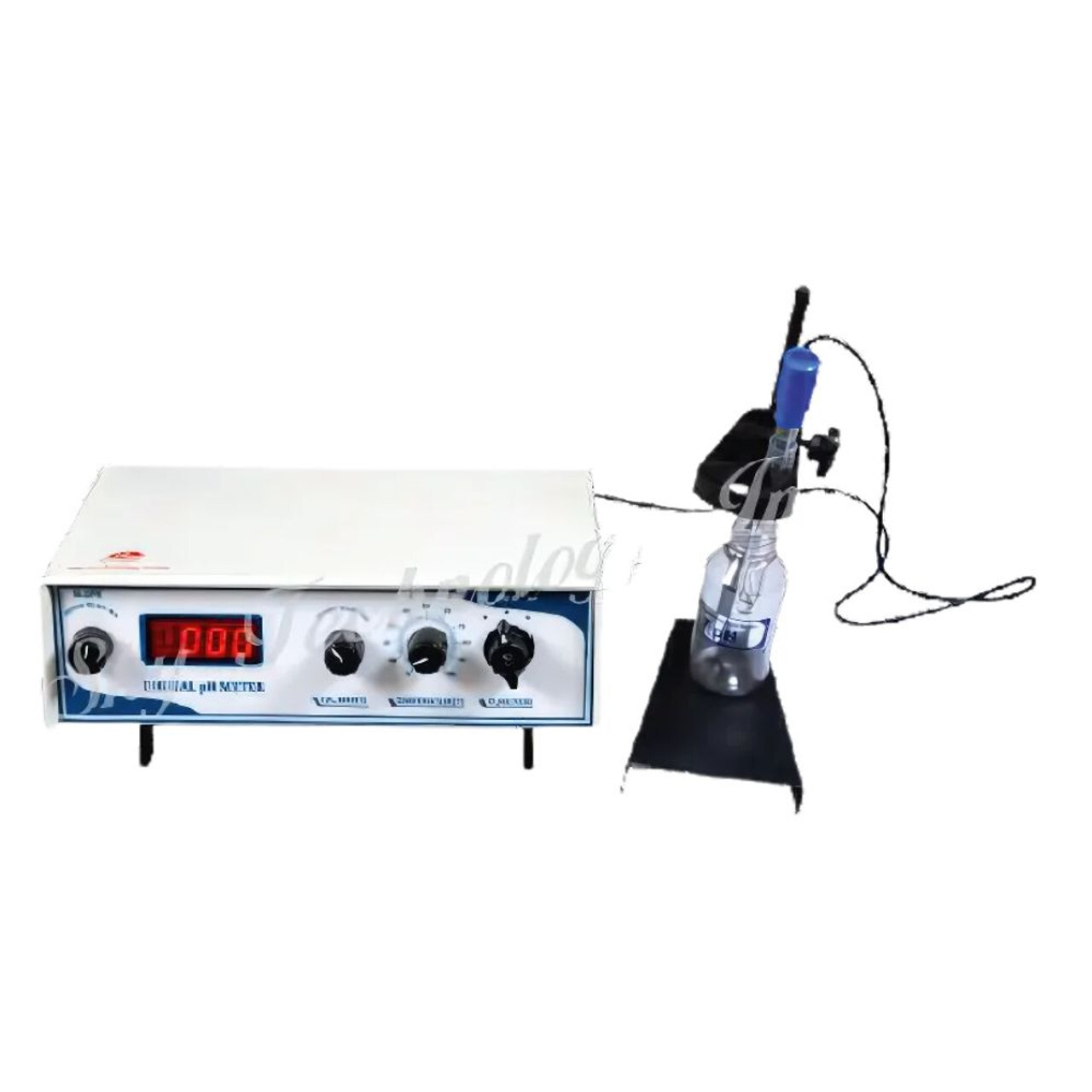
- Price: ₹5,000
- Best For: Home water tanks, aquariums, pools
- Features:
- High stability LCD display
- Compact & affordable
- 230V power supply
Why Choose It? Minimal setup, ideal for routine checks
Top 3 pH Testers for Industrial Use
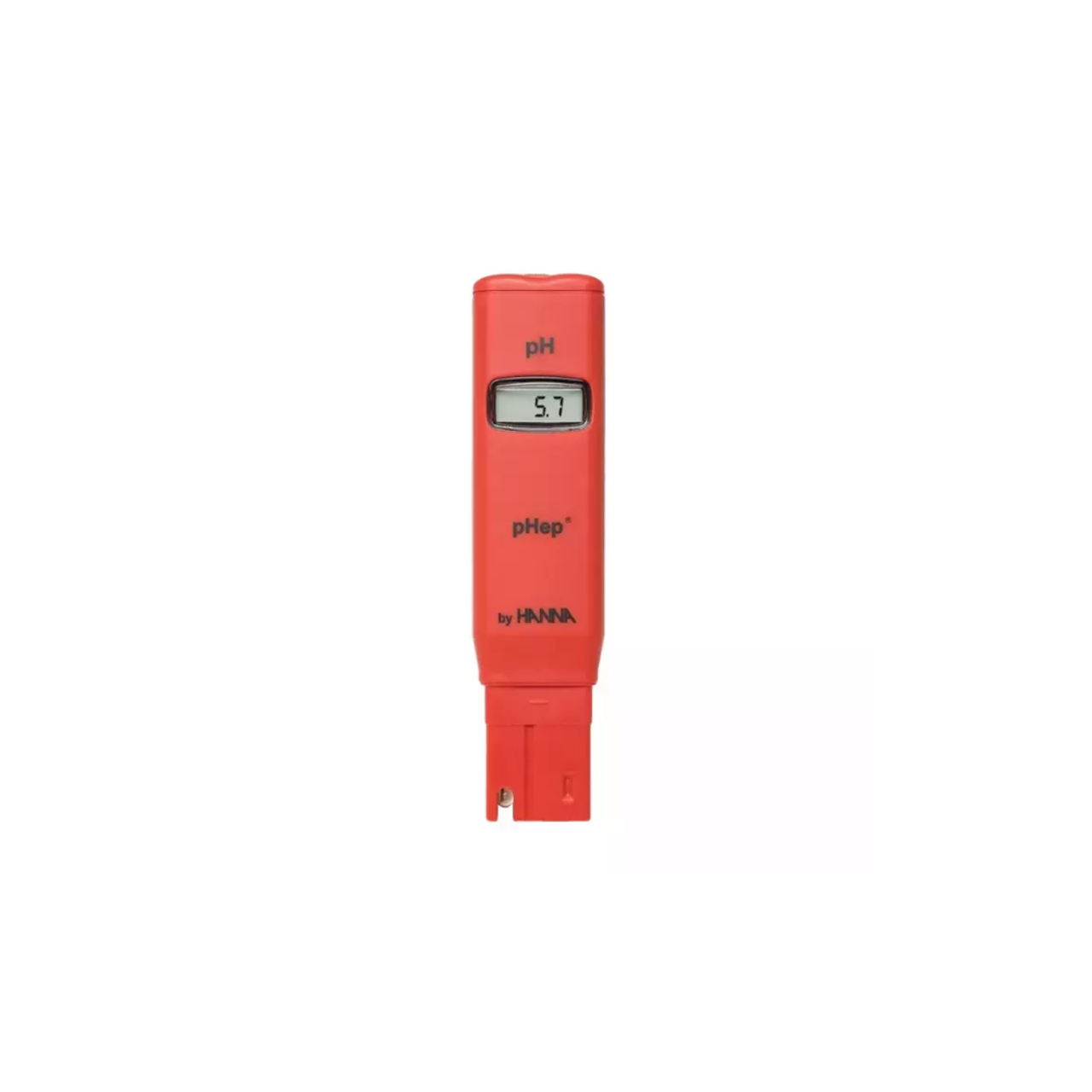
- Price: ₹5,725
- Best for: Wastewater, manufacturing, agriculture.
- Features:
- IP67 waterproof & drop-tested
- Auto-recognition of buffer solutions
- Measures pH, temperature, and mV
- Industrial Edge: Logs 500 data points!
2.Aquasol Bensch top ph Meter with Built in stirrer microproceccor USB connectivity with software
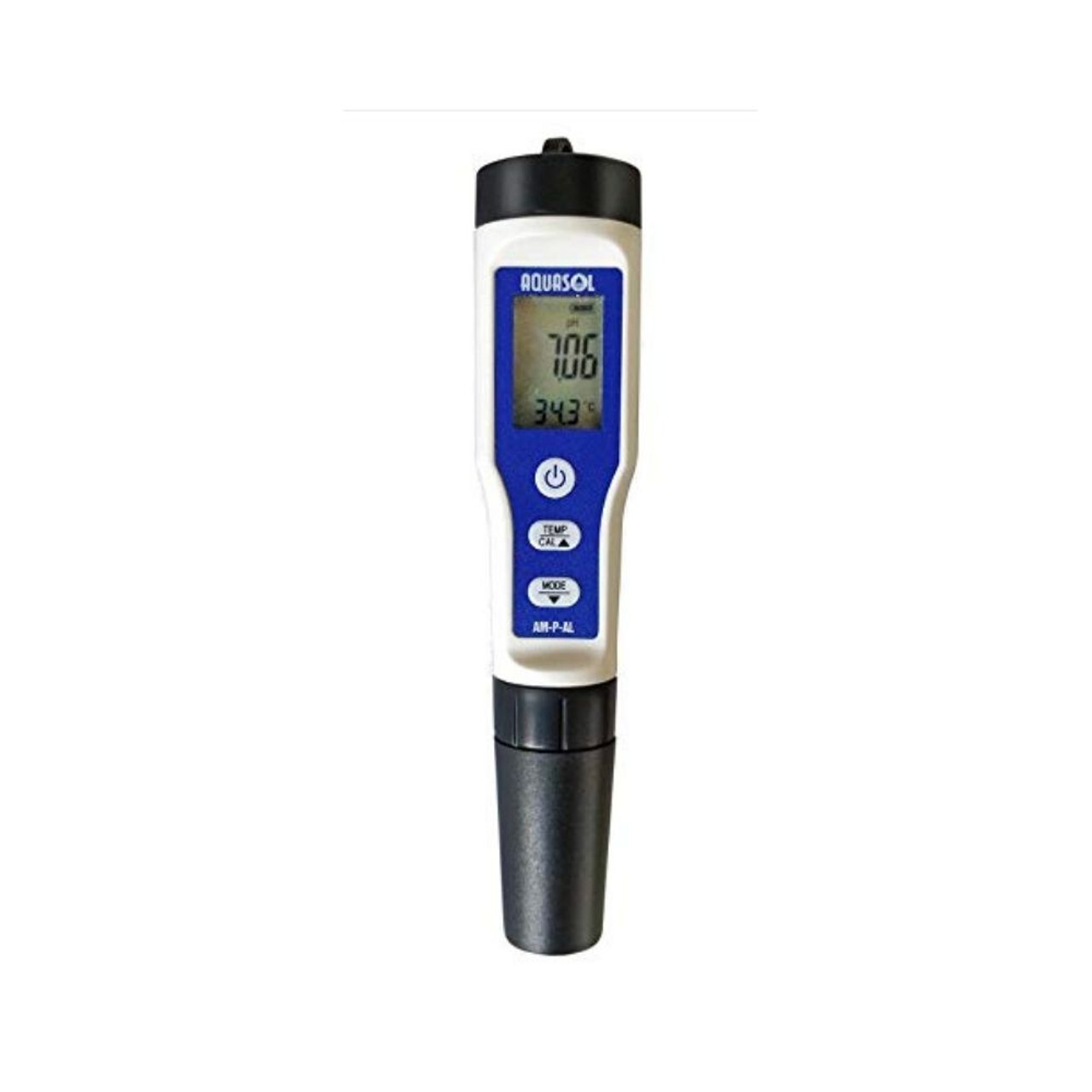
- Price: ₹45,500
- Best For: Commercial QA/QC labs
- Features:
-
- Built-in magnetic stirrer
- USB connectivity
- Wide measurement range
Why Choose It? High-throughput sample testing
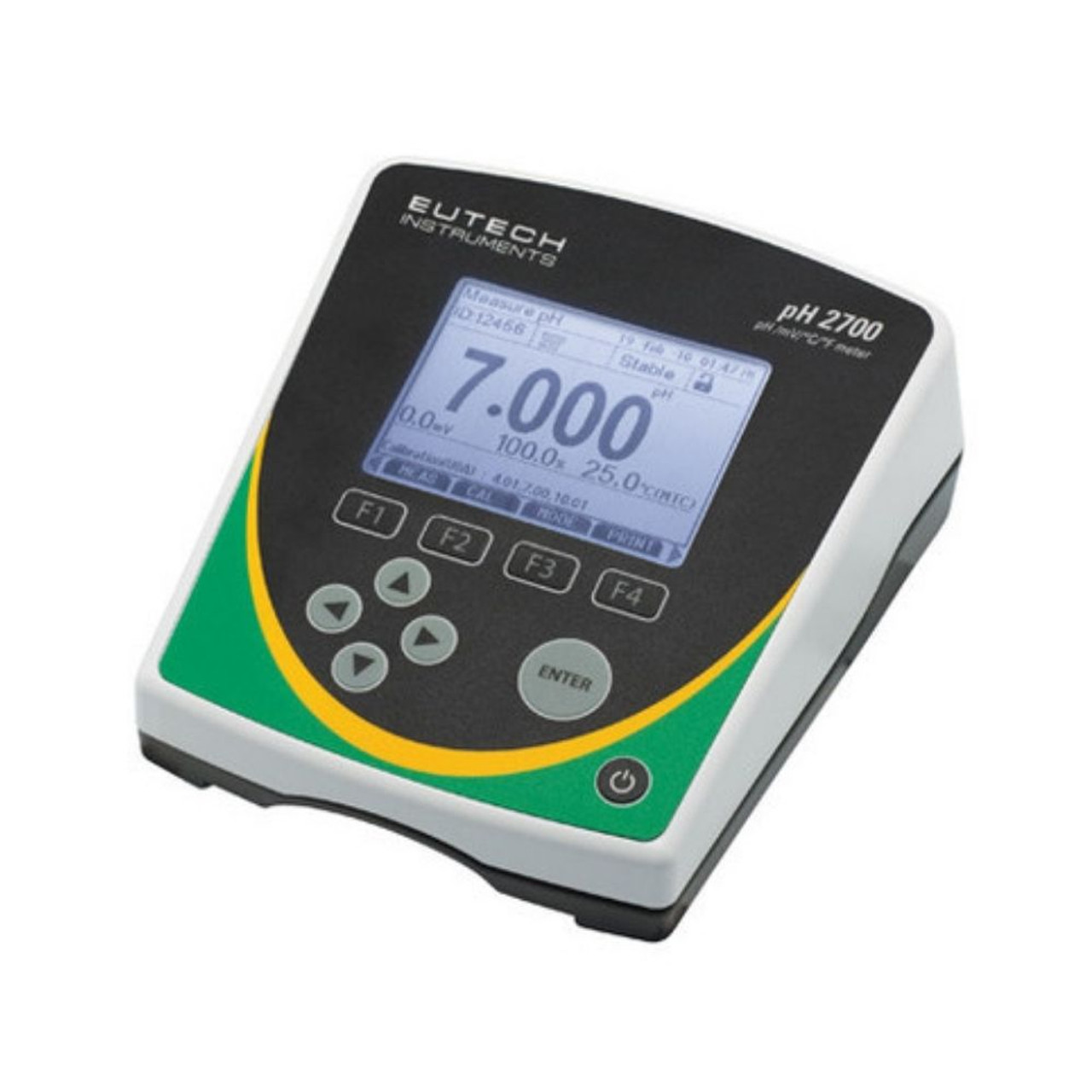
- Price: ₹8,500
- Best For: Testing pH in small samples for home, gardening, and aquaculture.
- Features:
-
- Resolution: 0.1 pH (ATC) with automatic temperature compensation
- pH buffer point calibration (1 to 3 points)
- Measures pH in the range of 1 to 14 pH
- Small, compact design with a clear digital display
- Auto-calibration for ease of use
How to Use a Digital pH Tester (Simple Steps!)
- Calibrate: Dip in pH 7.0 buffer solution → press “Cal.”
- Rinse: Wash probe with distilled water.
- Test: Submerge in water → wait 30 secs for reading.
- Store: Keep probe moist (use storage solution).
Pro Tip: Calibrate weekly for accuracy!
Frequently Asked Questions
Q: How often should I test water pH?
A:
- Pools: Daily.
- Aquariums: 2–3x/week.
- Drinking water: Monthly.
- Industrial: Continuously (use fixed monitors).
Q: Can I use one tester for all applications?
A: Industrial meters work for home use (overkill), but home pens lack the ruggedness for factories.
Q: Why does my pH meter give erratic readings?
A: Dirty probe, low battery, or expired calibration! Rinse and recalibrate.
Q: Are cheap pH testers reliable?
A: For rough checks (e.g., pool vs. tap water), yes. For precision (brewing, labs), invest in digital.
Q: What’s the shelf life of a pH tester?
A: Probes last 1–2 years. Replace if readings drift or calibration fails.
Conclusion
Choosing the right pH tester saves money, time, and stress!
Regular pH testing keeps water safe – whether for your goldfish, your morning coffee, or a factory’s coolant system. Got questions? Drop them below!
For a complete buying guide, including home, hobby, and lab meters, visit our Digital pH Meters Guide 2025

